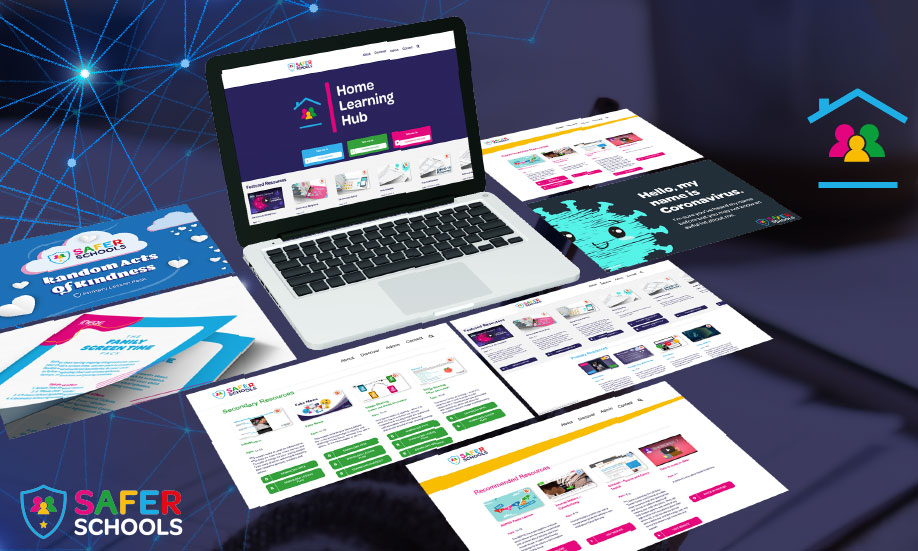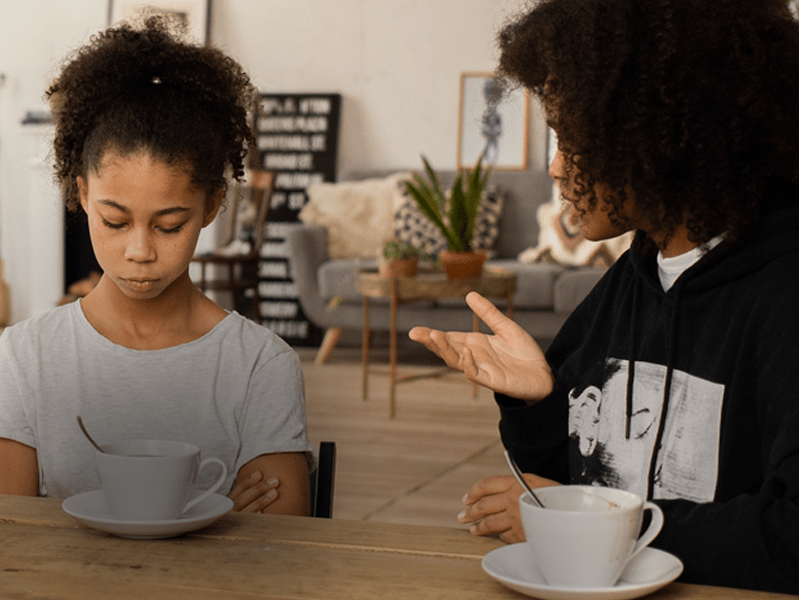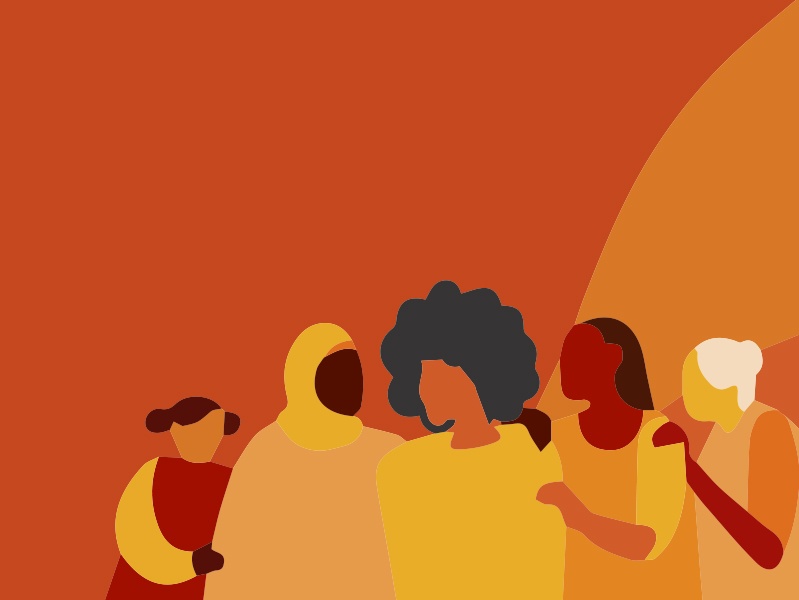Guidance for Parents and Carers
Our online safety experts have been alerted to a video game, being described by some users as an “introduction to horror.” Videos, versions of the game, and associated material are becoming increasingly popular on YouTube, Roblox, and other platforms used by young children.
Poppy Playtime features frightening images and themes that are paired with child-friendly items. This may be especially upsetting to children who have not yet developed the resilience to deal with disturbing content.
To help parents, carers, and safeguarding professionals better understand these issues, we’ve taken a deeper look at Poppy Playtime and the wider genre it belongs to.
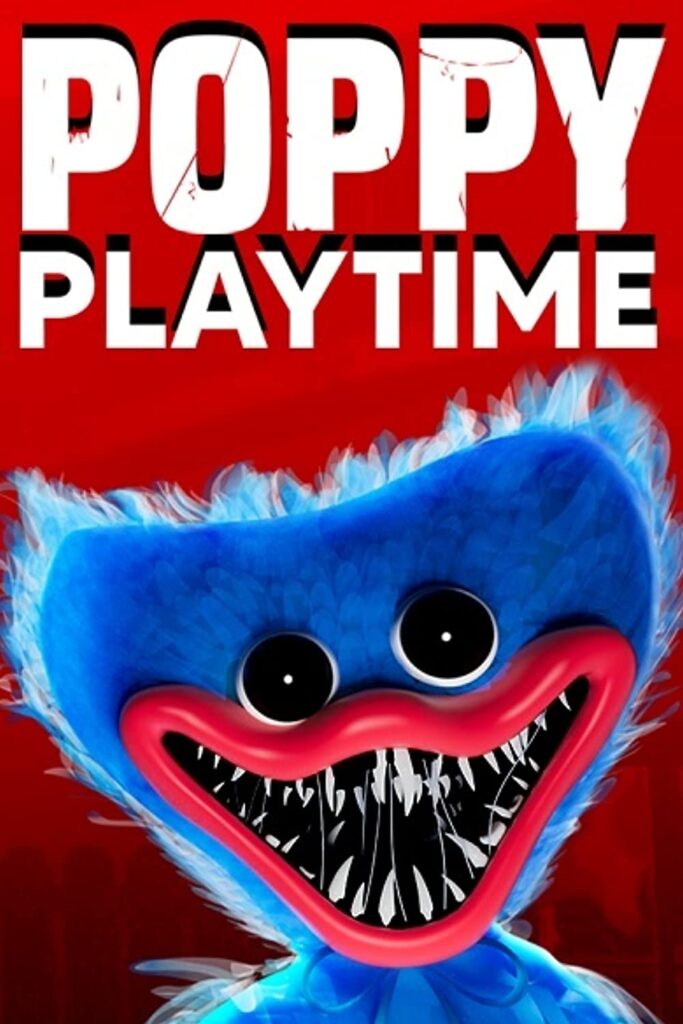
What is a “horror game”?
A horror game is a type of video game that puts the player in the middle of scenarios designed to frighten them. These games typically revolve around the player trying to solve mysteries while being chased or hunted by monstrous characters. Popular examples are Slender Man, The Last of Us, and Five Nights at Freddy’s.
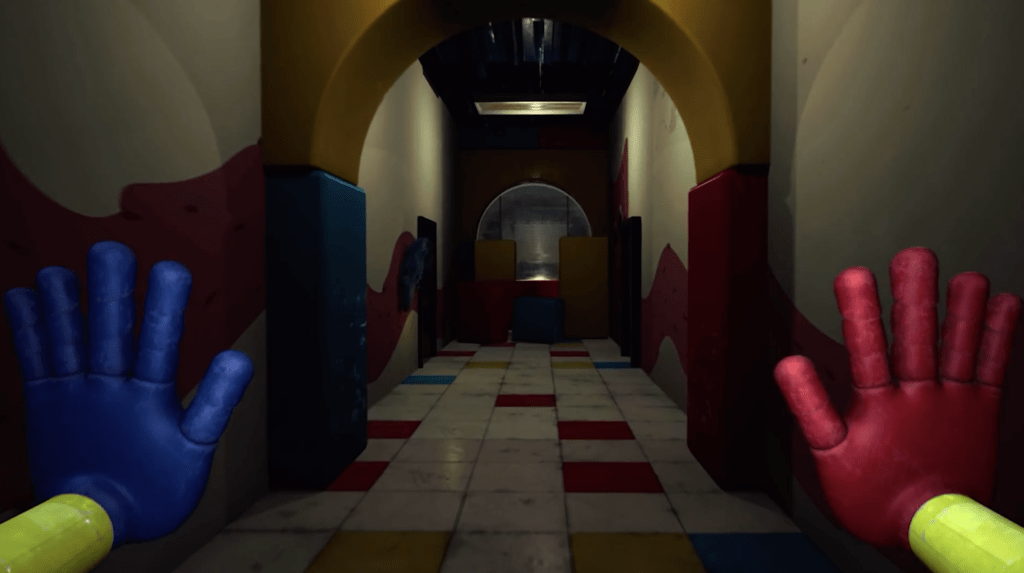
Why are these games appealing?
Games in this genre are vast in quantity. Their appeal is directly tied to the feeling of being chased and the constant uncertainty that comes with gameplay. The puzzles and mysteries discovered in the narrative give the player a purpose to try and reach their end goal. Players may also feel:
What are the risks?
There are multiple risks that can arise from children and young people being exposed to frightening content before they are prepared.
Red flags to look out for
Every child is different. Some may genuinely enjoy the horror genre and not struggle with any lasting feelings of fear or panic because of playing a game. However, if it causes a child to be stressed or anxious, they may:
Join our Online Safeguarding Hub Newsletter Network
Members of our network receive weekly updates on the trends, risks and threats to children and young people online.



